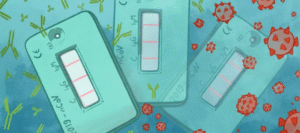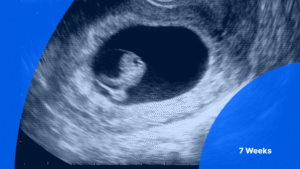Night Vision After Lasik
Night Vision After LASIK: What You Need to Know
Night vision disturbances are a common side effect some people experience after undergoing LASIK eye surgery. While not everyone will face these issues, it’s helpful to understand what might happen, why, and how to manage it effectively.
Is It Normal to Have Night Vision Problems After LASIK?
Yes, it’s quite typical to notice reduced night vision for several days or even weeks following the procedure. Many patients report temporary visual changes, such as glare, halos, or starbursts, especially in low-light environments like night driving.
Common Night Vision Symptoms After LASIK
Most post-LASIK night vision issues are mild and temporary. These symptoms often include:
-
Halos around lights
-
Glare from oncoming headlights
-
Starbursts radiating from light sources
These effects usually diminish over time as your eyes heal and adjust.
Why Do These Vision Issues Happen?
The most common reasons for night vision problems after LASIK include:
Inflammation of the Cornea
Mild swelling can temporarily distort how light enters your eye.
Residual Refractive Errors
If the surgery slightly under- or over-corrects your vision, you may notice visual disturbances in low light.
Corneal Flap Complications
Improper repositioning of the corneal flap can create irregularities that affect light refraction.
Decentered Laser Ablations
If the laser wasn’t perfectly centered on your pupil during the procedure, it could cause uneven correction and nighttime visual disruptions.
Are Certain People at Higher Risk?
Yes, individuals with the following characteristics may be more prone to post-LASIK night vision issues:
-
Large pupils
-
High levels of refractive error (e.g., strong nearsightedness or farsightedness)
-
Thin or irregular corneas
It’s important to consult with your LASIK surgeon to evaluate your individual risk and discuss ways to minimize potential side effects.
How Long Do Night Vision Issues Last?
For most patients, night vision disturbances are temporary and gradually improve within a few weeks to months. However, some may continue to experience symptoms for a longer period, depending on individual healing and eye characteristics.
Treatment Options for Night Vision After LASIK
Several solutions can help manage or correct persistent night vision issues:
-
Prescription glasses with anti-reflective coating
-
LASIK enhancement procedure to fine-tune your vision
-
Eye drops to reduce pupil size and improve visual clarity at night
-
Specialized contact lenses designed to reduce glare and halos
-
Wavefront LASIK or PRK for correcting decentered ablations or complex visual distortions
Can You Prevent These Issues?
While not all night vision problems can be prevented, your eye surgeon can reduce your risk by:
-
Using advanced laser technology with pupil-tracking features
-
Carefully evaluating your eye shape, corneal thickness, and pupil size
-
Recommending alternative treatments if you’re not an ideal LASIK candidate
Frequently Asked Questions
Will I always have to wear glasses at night after LASIK?
Not necessarily. For most people, night vision improves with time. However, temporary use of glasses may be recommended during recovery.
Is it safe to drive at night after LASIK?
You should avoid night driving until your vision stabilizes and your doctor confirms it is safe.
Can I get a second LASIK procedure to fix night vision problems?
Yes, enhancement procedures are available and may help if your symptoms persist beyond the normal healing period.
Expert Tips for Managing Post-LASIK Night Vision
-
Avoid night driving during the first few weeks post-surgery.
-
Use anti-glare glasses if recommended by your doctor.
-
Keep follow-up appointments to monitor healing progress.
-
Report persistent symptoms to your eye care provider promptly.
Key Takeaways
-
Night vision problems after LASIK are usually temporary.
-
Common symptoms include glare, halos, and starbursts.
-
Risk factors include large pupils and high refractive errors.
-
Several treatments are available to help reduce or eliminate symptoms.
-
Work closely with your LASIK surgeon to ensure the best outcome.
Join Our Community
Want more insights about LASIK recovery and eye health? Subscribe to our newsletter for expert tips, updates, and more helpful resources.
Subscribe Now







